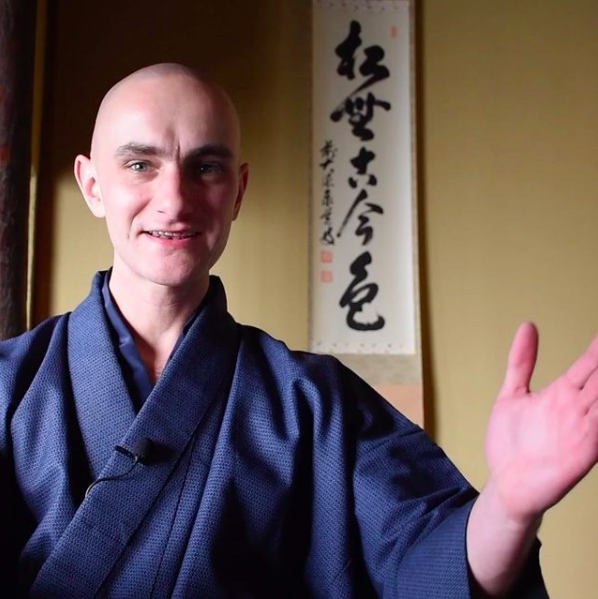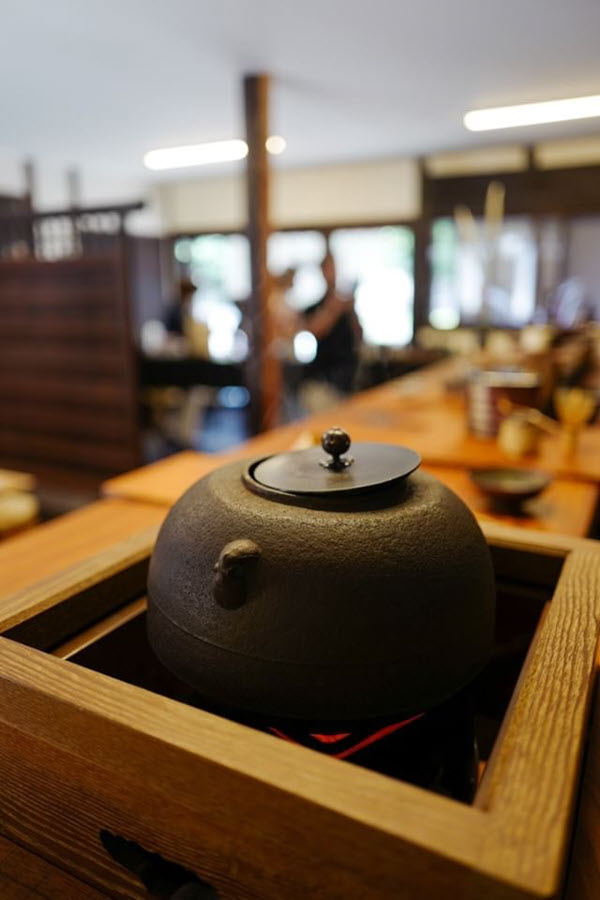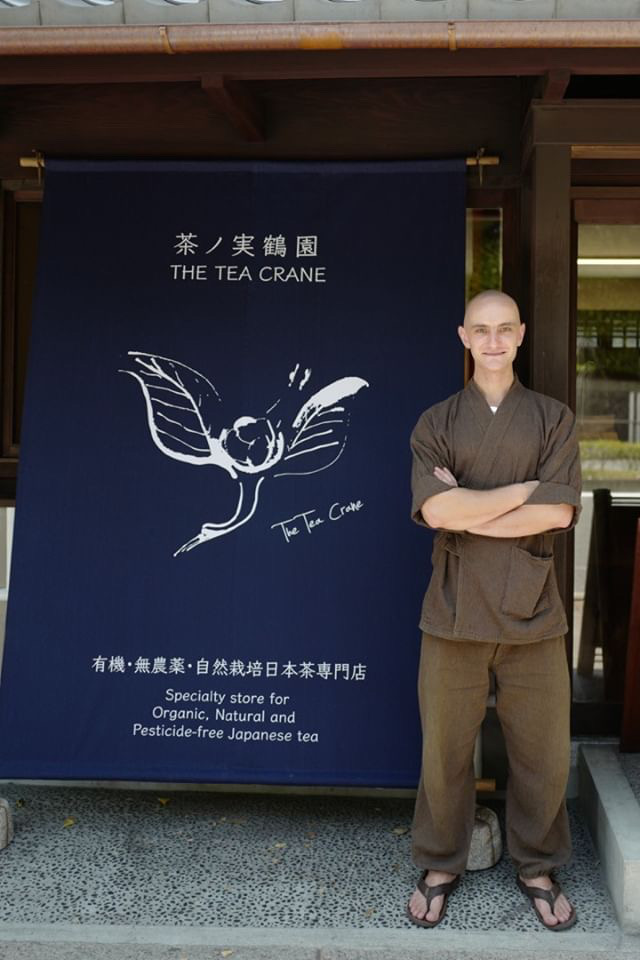“Therefore, it can be said that tea once it reaches us is only half finished, and that the way in which it is brewed as the final stage of bringing the tea to life. In the sections below I present a range of suggestions on how to fully enjoy a tea tasting session, but rather than focusing on claims as “this tea should be brewed in such manner”, I prefer to direct focus to letting you decide on how to infuse the tea you have in front of you.”

An Immersive Examination of Japanese Tea
“Therefore, it can be said that tea once it reaches us is only half finished, and that the way in which it is brewed as the final stage of bringing the tea to life. In the sections below I present a range of suggestions on how to fully enjoy a tea tasting session, but rather than focusing on claims as “this tea should be brewed in such manner”, I prefer to direct focus to letting you decide on how to infuse the tea you have in front of you.”
And that’s a quote from The Story of Japanese Tea by Tyas S?sen, one of the best and most comprehensive books on Japanese tea available.
Hello, I’m Kyle Whittington, founder of Tea Book Club. Although I’m based in the UK, Tea Book Club is an international group of tea lovers and readers who meet up virtually each month to discuss tea books.
Here are my thoughts:
Whether you already love (and think you know) Japanese tea or are just getting into it, this book is definitely a must read! Tyas S?sen takes us on a fully immersive look at Japanese tea through history (pages 94-125, 143-145), cultivation (pages 25-29 and 126 among others) and production (pages 56-90, 128-130 and 148-155 among others), customs and the different types of Japanese tea. As well as advice on preparing and drinking Japanese tea (chapter 6). From the traditional and historical right through to the bang up to date.

This is a fully rounded and thorough book. An entire chapter is devoted to matcha (chapter 3) but it was the wide reaching exploration of different types of Japanese tea that really stood out for me. For example, there’s more to bancha than meets that meets the eye (chapter 5), who knew there was such regional variety?
The discussion around how sencha might have tasted before mechanized production and those now trying to replicate this taste (pages 85-87) was truly fascinating and really got me thinking. Tyas also explores rare and unusual teas such as goishi-cha (pages 168-169), a post fermented tea and dancha (pages 97-99), a precursor to matcha. Tyas’s discussions around farming methods and taking care of the land (pages 18-55) are important and backed up with case studies. Indeed, case studies are to be found throughout the book to illustrate and back up Tyas’s points (page viv). Well worth reading. Overall an excellent book which really shines a light on the subject of Japanese tea.
My only slight gripe? It could perhaps have done with an edit by a native English speaker to iron out some of the language which can, at times, be a tad clunky. But then, I couldn’t exactly write such a book in a second or third language, so hats off to Tyas on compiling and writing this truly fantastic book!
Thoughts and comments from Tea Book Club members:
“I really liked it. It’s really hard to find a book on Japanese tea that’s really dedicated to it. For a book with so much great content, it was actually pretty readable.” (Nicole, USA)
More comments from members:
“So often “bancha” is just the “bad tea” and that’s that. But he really dug into it and the regional differences. There’s so many layers you’re just not normally told about.” (N. Wilson, USA)
“So often Japanese tea is just a little section in other books, it was nice to find a whole book dedicated to it.” (Ernest, UK)
“The part on brewing tea was very interesting. There’s no right or wrong, do how you like.” (Kristine, Sweden).
“Was refreshing to have someone who wasn’t so hard nosed about how to make the tea.” (Nicole, USA)
“He’s a big proponent of natural farming. He had the little case studies with the actual farmers to back it up.” (Nicole, USA)
“The content is so great!” (Greta, Sweden)
To purchase
You can purchase The Story of Japanese Tea here or, of course, on Amazon
If you’d like to join us for next read, visit teabookclub.org or @joinTeaBookClub on Instagram.
Tea Crane
Tyas S?sen was born in Belgium and now lives in Kyoto, Japan with his wife and two children. He is a qualified instructor in the Ensh? school of Japanese Tea Ceremony and a certified Nihoncha (Japanese tea) instructor. Having worked for tea vendors in Japan and traveled the country extensively meeting and talking to growers he founded The Tea Crane in 2015 with the aim of promoting ‘authentic’ Japanese tea, selecting only traditionally and naturally produced teas, with a focus on Native cultivars. In August 2020 The Tea Crane flagship store opened in Kyoto.

Link to share this post with your colleagues
Signup and receive Tea Biz weekly in your inbox.
Never miss an episode
Subscribe wherever you enjoy podcasts:




